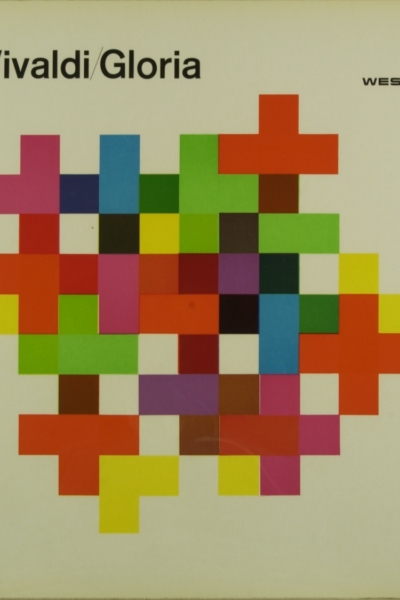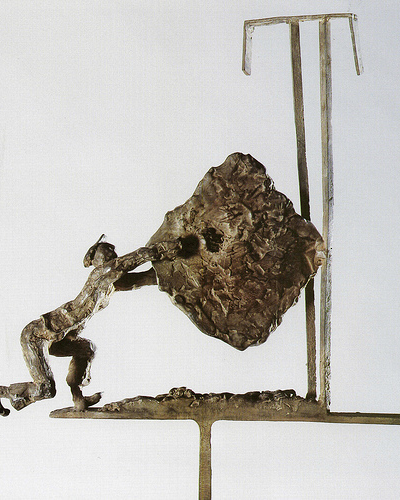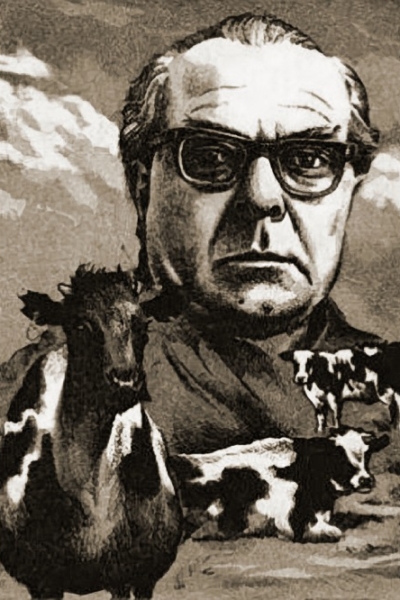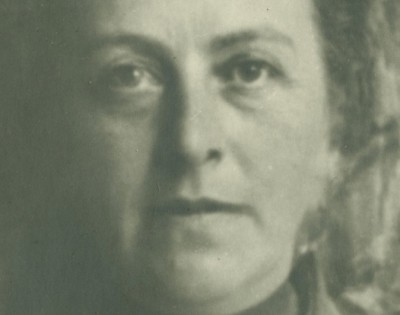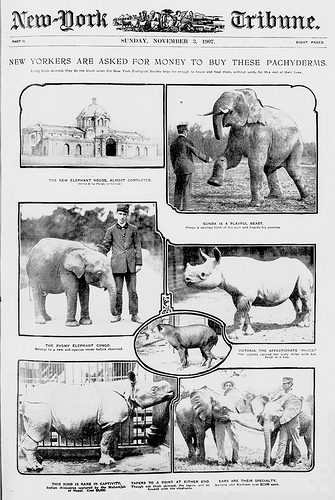Peace is Unhealthy for Design and Other Non-Living Things
Most Baby Boomers are dorks. That they set themselves up in opposition to the Greatest Generation as The Coolest Generation only makes them dorkier. They invented the New Age aesthetic. They wore top hats. They literally sported rose colored glasses.
Here are the answers. Not that they matter.
As promised, here are the answers to the Europa Editions Existentialism Quiz.
Camus Can Do, But Sartre’s Smarter
Come one, come all atomized and isolated individuals! Try your hand at an Existentialist Quiz, courtesy of the NYC LitCrawl & Europa Editions!
We can all agree that the strange ocean noises are ancient creatures, older than time itself, waiting beneath the waters for some unknown purpose, only occasionally stirring. The sonic booms are the military experimenting with reverse engineered alien technology.
Arno Schmidt: Ernste Literatur Leviathan
Schmidt was more of an individualist — he was a solipsistic pessimist who described his ideal world as the earth after an anthropogenic apocalypse. He was an atheist. But he also maintained that the world was created by a monster named Leviathan that humans could and should overthrow if it ever becomes necessary.
The name Roberto Gonzalez Echevarria is an intimidating one for someone from the Midwest to come across, but his introduction to my Penguin edition of Don Quixote was so splendid, that I had to find out more about him.
On the 60th Anniversary of Wittgenstein’s death, The University of Cambridge is exhibiting his photography and how it relates to his philosophy.
The Good and the Ghastly – James Boice
Boice defies the urge to fetishize. Instead, he inhabits his sociopathic main character and explores him from the inside. That’s why The Good and the Ghastly isn’t only timely and interesting and necessary. It’s also brave.
I’ve always thought of Eugene Ionesco’s 1959 play Rhinoceros as a sort of psychic negative of Kafka’s Metamorphosis. The TV Guide summary of this Theater of the Absurd play goes as follows: Everyone in a town turns into Rhinos, except one man who chooses to remain human.
St. Louis is the Northwest Border of the Confederacy
Using imagery that was a mixture of Klu Klux Klan iconography, Mardi Gras themes and Irish poetry, a small and secret organization of St. Louisians hostile to African Americans and Unions held elaborate parades in order to intimidate those agitating for social and economic justice.


